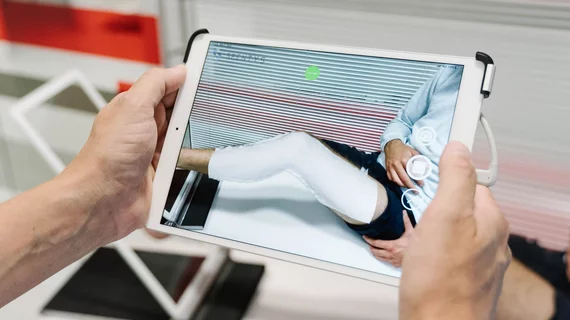Upped imaging utilization seems to follow ED clinicians who aren’t physicians
Emergency departments that employ nonphysician practitioners probably improve patient access to timely care. However, these EDs also order 5.3% more imaging than their physician-only counterparts.
The researchers who made the finding suggest the time has come for systematic inquiry into imaging-related expenses as well as radiation exposures in EDs that increasingly rely on NPPs and advanced practice providers.
The work was led by Eric Christensen, PhD, of the Harvey L. Neiman Health Policy Institute and is described in a study published Nov. 10 in JAMA Network Open [1].
Christensen and colleagues analyzed close to 17 million Medicare claims filed between 2005 and 2020. Over the course of that timeframe, they note, the share of ED visits attended by an NPP rose from 6.1% to 16.6%.
Along with the 5.3% overage in NPP-staffed vs. physician-only ED, the team also found the likelihood of any imaging order per visit to be 3.4% higher in the former.
In addition, 2.2% more imaging studies were ordered during NPP-present ED visits that had any imaging.
Finally, they found, these imaging orders were not heavy on the X-rays. In fact, the presence of NPPs in the ED correlated with relatively more imaging for CT and other advanced modalities than with radiography.
In their discussion the authors point out that NPPs provide care at a lower cost as long as their use of concurrent and downstream services is no higher than that of physicians. This is so because Medicare pays NPPs 85% of what it pays physicians.
However, “such a cost advantage is offset to the degree that NPPs are associated with higher resource use,” Christensen and co-authors comment. “Thus, our findings are important because they show a higher use of imaging studies across all modalities.”
More:
Although this study did not focus on the cost question, observation of increased imaging use confirms that there is at least some offset. Future research should explore the magnitude of this offset and whether it partially or completely offsets the savings associated with the 85% rule.”
Expanding the use of NPPs in the ED may improve patient access, the authors underscore, but “the costs and radiation exposure associated with more imaging warrants additional study.”
The study is available in full for free.

